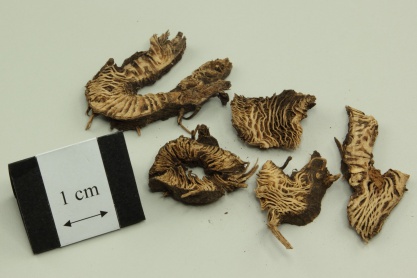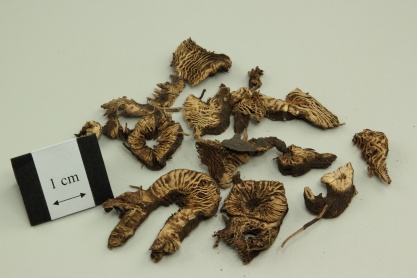升麻
- ENG
- Largetrifoliolious Bugbane Rhizome
- LATIN
- Cimicifugae Rhizoma
| Medicinal Group | Wind-heat dispersing medicinal |
|---|---|
| Source | Dried rhizome of Cimicifuga heracleifolia Kom., Cimicifuga dahurica (Turcz.) Maxim. or Cimicifuga foetida L. (Fam. Ranunculaceae) |
| Nature and Flavors | pungent, slightly sweet; slightly cold |
| Meridian Affinity | Lung, Spleen, Stomach, Large intestine |
| Actions | To induce perspiration and promote eruptions, to removetoxic heat, and elevzte yang. |
Family
Ranunculaceae
Part used
Root and Rhizome
Indications
Headache caused by wind-heat, toothache, ulcers in the mouth, sore throat; measles with inadequate eruptions and other eruptive febrile disease; prolapse of the rectum or the uterus
Cautions
Contraindication with measles already erupt, yin deficiency with effulgent fire ascendant hyperactivity of liver yang and upper exuberance and lower deficiency pattern
Report on adverse effect
Slight toxicity in liver and kidney via disturbance of the metabolism of energy and amino acids [1]
May reduce iron absorption when used together with iron preparations. Can affect the therapeutic effect in the treatment of iron deficiency anemia [2]
Reference
NMR-based metabonomic approach on the toxicological effects of a Cimicifuga triterpenoid
張俊龍 (2002)。《臨床中西藥物配伍手册》。中國:科學出版社。












